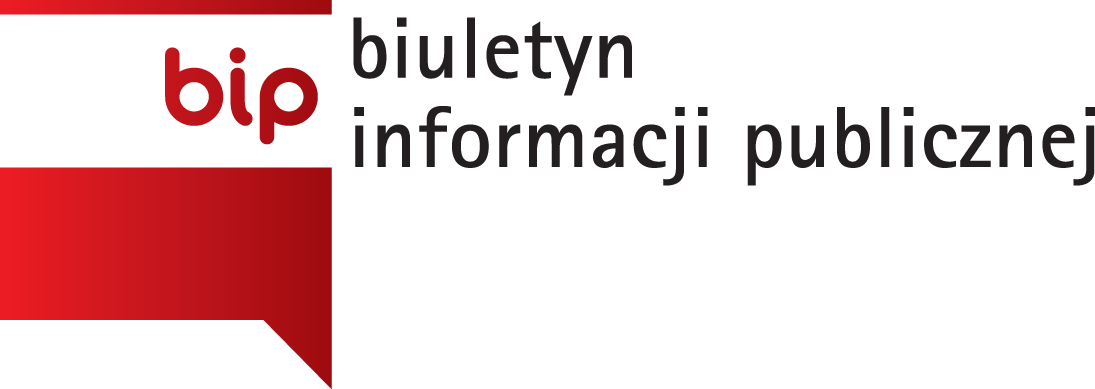The goal of the project is to develop an effective method for detecting small buildings in satellite images. Small buildings are those not exceeding a dimension of 10 x 10 meters, corresponding to a single pixel of an image in the Sentinel-2 database. The issue of detecting small buildings is an important challenge in the context of many scientific fields and economic sectors, such as urban planning, agriculture, disaster management. Selected applications include monitoring infrastructure in rural or hard-to-reach areas, refugee shelters, war or natural damage assessment, identification of unregistered buildings.
Classical methods for segmenting and classifying satellite images, such as U-Net with ResNet, have great effectiveness in situations where a small building is located at the pixel boundary and segmentation is difficult, and in the case of complex surroundings, such as shadows or vegetation. A promising method is to complement segmentation and classification methods with detection algorithms such as YOLO. The YOLO algorithm has been successfully used to detect objects in images of various types, and its latest version, YOLOv8, has shown high performance for detecting small objects in remote sensing images [1], adapting to specific types of objects visible in aerial images (e.g., cars [2]), or accurately detecting green structures [3], important given the problem area (small buildings are often surrounded by green areas).
The project is based on Sentinel-2 imagery and verification datasets developed in cooperation between IITIS PAN and CBK PAN, based on the Buildings Database of Topographic Objects (BDOT) and the implementation of reference models (U-Net + ResNet, VIT), among others. This will make it possible to concentrate value-added work by extending data processing to the detection algorithm, which will reduce risks and shorten the article preparation time.
References
[1] Y. Zhang, M. Ye, G. Zhu, Y. Liu, P. Guo and J. Yan, “FFCA-YOLO for Small Object Detection in Remote Sensing Images” in IEEE Transactions on Geoscience and Remote Sensing, vol. 62, pp. 1-15, 2024, Art no. 5611215, doi: 10,1109/TGRS.2024.3363057
[2] C. Zhao, D. Guo, C. Shao, K. Zhao, M. Sun and H. Shuai, “SatDetX-YOLO: A More Accurate Method for Vehicle Target Detection in Satellite Remote Sensing Imagery”, in IEEE Access, vol. 12, pp. 46024-46041, 2024, doi: 10.1109/ACESS.2024.3382245
[3] Ranjan Sapkota, Dawood Ahmed, Manoj Karkee, Comparing YOLOv8 and Mask R-CNN for instance segmentation in complex orchard environments, Artificial Intelligence in Agriculture, Volume 13, 2024, pages 84-99, ISSN 2589-7217, doi: 10.1016/j.aiia.2024.07.001
